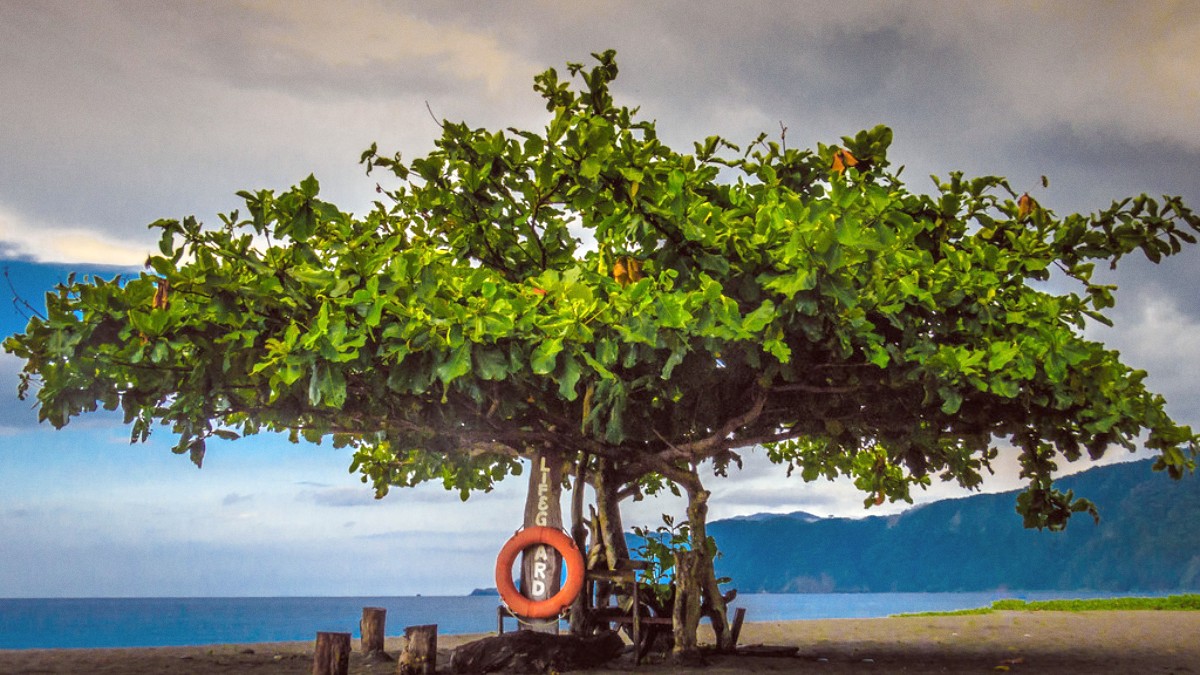
North Luzon, Philippines
Baguio began as a hill station. American colonizers established it as a retreat from Manila's summer heat. Today, it retains that character. It serves as a haven for rest and recreation. You will find historical landmarks side-by-side with modern amenities. Ancient customs meet contemporary life.
This city is more than just a cool weather spot. It is a center for education. It is a hub for art. It is a place where culinary experiences await. Visitors discover delicious local dishes made from fresh highland produce. They explore lively markets. They find art galleries demonstrating the region's creative spirit. Every corner of Baguio presents a chance for discovery. Prepare to experience a destination unlike any other in the Philippines. It promises relaxation, adventure, and cultural enrichment.
Many visitors come to Baguio for its natural beauty. Pine forests stretch across the hillsides. Panoramic viewpoints feature sweeping vistas of the mountains. Green parks feature spaces for quiet contemplation or active recreation. The city encourages outdoor pursuits. You can enjoy a leisurely walk. You can ride a paddleboat on a serene lake. You can also embark on a challenging hike in the nearby mountains. Baguio invites you to breathe deeply and enjoy its unique environment.
Baguio City sits on a plateau within the Cordillera Central mountain range. This range covers a large part of northern Luzon island in the Philippines. The city's elevation averages around 1,540 meters (5,050 feet) above sea level. This high altitude explains its consistently cool climate. It gives Baguio its distinct identity as the "Summer Capital." The city's topography features rolling hills and steep slopes. These characteristics define its landscape and contribute to its scenic beauty.
The Cordillera Central mountains form the backbone of northern Luzon. They contain some of the highest peaks in the Philippines. Baguio nests among these peaks. Its geographical position presents strategic advantages and unique challenges. The mountain environment shapes its infrastructure. Roads wind up steep inclines. Fog often rolls in, especially during the colder months. Despite these challenges, the natural setting features abundant resources. Pine trees dominate the landscape. Clean mountain air fills the atmosphere.
Baguio has cooler temperatures year-round, unlike tropical lowland Philippines.
Around 19-20°C (66-68°F); nights may drop to 10°C (50°F) in cooler months.
Known for its extensive pine trees, giving it the "City of Pines" nickname.
Surrounding Benguet province grows temperate vegetables and fruits, like strawberries.
A starting point for exploring other culturally rich Cordillera regions.
Baguio serves as a gateway to the wider Cordillera region. This region includes other provinces like Mountain Province (home of Sagada) and Ifugao (home of the Banaue Rice Terraces). Baguio’s location makes it a logical starting point for further exploration into these culturally rich and scenically stunning areas.
The winding roads leading to Baguio, like Kennon Road and Marcos Highway, offer dramatic mountain views. These roads are an experience in themselves, presenting glimpses of the rugged Cordillera terrain.
The city’s geographical isolation from the lowlands helped preserve some of its unique characteristics. It remains a distinct and appealing destination.
This combination of high altitude, distinct climate, and natural beauty makes Baguio a truly exceptional place in the Philippines.
Baguio's history is as unique as its climate. These communities engaged in agriculture and gold mining. The Ibaloi people lived harmoniously with the mountain environment. They preserved their distinct cultural practices. Their way of life formed the original fabric of the land.
The modern history of Baguio began in the early 1900s. American colonial authorities sought a cool retreat. They wanted to escape the oppressive heat of Manila during the summer months. Governor-General Luke Edward Wright chose the site. He recognized its potential as a hill station. Daniel Burnham, a renowned American architect and urban planner, designed the city. His vision included wide roads, parks, and a systematic layout. This plan aimed to create a sanatorium and recreation area. The American influence remains visible in Baguio's architecture and layout. Structures like The Mansion and parts of Camp John Hay reflect this design period.
Construction of Baguio involved building roads through rugged mountain terrain. Kennon Road, a marvel of engineering, connected the city to the lowlands.
The city officially became a chartered city on September 1, 1909. This date is now celebrated as Baguio Day.
Baguio served as the last stronghold of the Japanese Imperial Army. General Tomoyuki Yamashita surrendered here in 1945.
The city suffered extensive damage during the war. Its resilience led to its reconstruction. It regained its status as a premier tourist destination.
A large urban park with boating, cycling, and leisurely strolls. It serves as a central point for many activities.
Features panoramic views of the Cordillera mountains. Here, people dress in traditional Igorot attire for photos.
Located nearby, this farm invites visitors to pick their own strawberries during the season.
Baguio functions as an university town with a academic atmosphere.
The city has a thriving arts community with numerous galleries and cultural events.
Nightlife options include live music venues and cozy bars, specifically along Session Road.